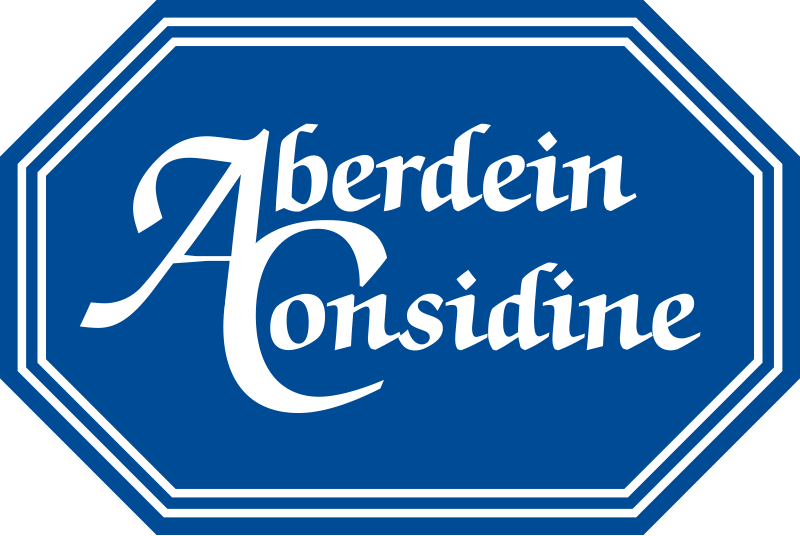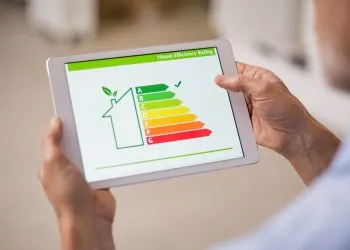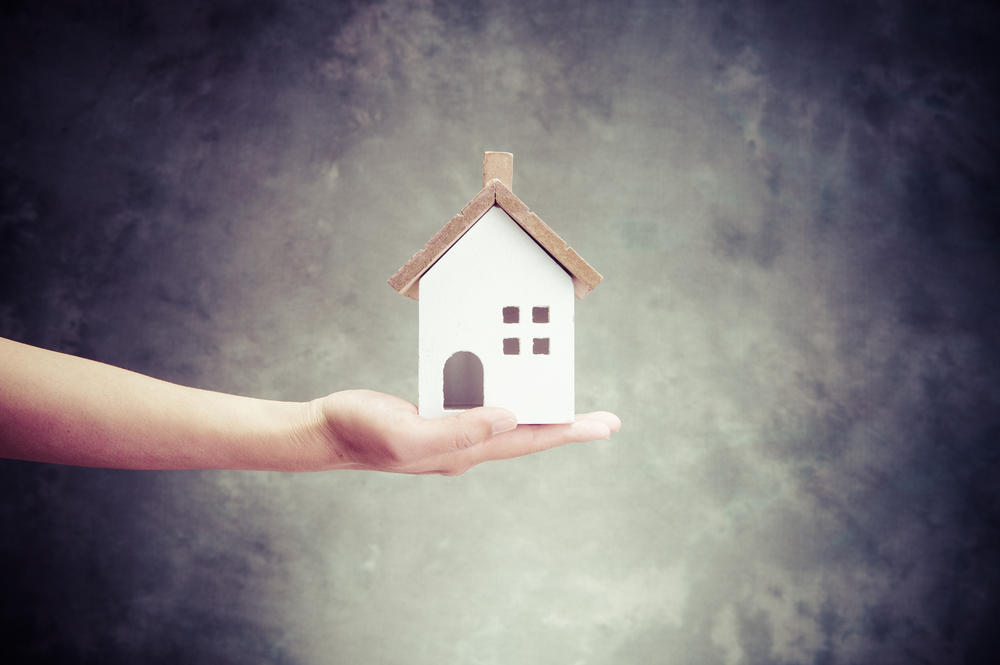Average house prices in England and Wales could hit £300,000 in 2016 following a rise of £18,000 last year, according to Your Move and Reed Rains. New data from the agents shows that house prices in England and Wales increased by an average of 6.6% in 2015 to reach £292,077. Richard Sexton, director of e.surv […]
 Average house prices in England and Wales could hit £300,000 in 2016 following a rise of £18,000 last year, according to Your Move and Reed Rains.
Average house prices in England and Wales could hit £300,000 in 2016 following a rise of £18,000 last year, according to Your Move and Reed Rains.
New data from the agents shows that house prices in England and Wales increased by an average of 6.6% in 2015 to reach £292,077.
Richard Sexton, director of e.surv chartered surveyors, said the rise could prompt homeowners to move up to the next rung of the property ladder in 2016, freeing up homes at the bottom for first-time buyers.
“The rising tide of property prices has been propelled so far by a sinking supply of houses coming onto the market, compared with increasing enquiries from potential buyers eager to clamber aboard the property ladder. If the current speed of house price growth continues into 2016, the value of the average home may soon pass the £300,000 watermark, having reached £250,000 in December 2013,” said Sexton.
Despite the growth, property values in Central London fell by 8.7% on average during 2015, dragged down by higher stamp duty.
The switch from a “slab” structure to a progressive tax was announced in the 2014 Autumn Statement. You now pay 0% up to £125,000; 2% to £250,000; 5% to £925,000; 10% to £1.5million and 12% above that.
A recent study by Halifax found that since the reforms there has been some evidence of dampening at the top end of the market, with a 20% decline in sales of homes valued above £1.5 million.
Outside of the top five central boroughs house prices increased by 11%, with the strongest growth in the cheaper boroughs.
London is currently running at two speeds with the expensive central areas seeing prices fall, possibly due to a reduction in demand from foreign buyers who are concerned about the levels of taxation for higher valued properties, the loss of non-dom status and the potential Brexit from the European Union.
Richard Sexton, director of e.surv chartered surveyors, said: “The tide certainly turned for the Central London housing market last year. The hike to the top rate of stamp duty has taken the wind out of the centre’s sails, with house prices in the most expensive five boroughs falling by 8.7% on average during 2015. In Kensington and Chelsea, London’s most expensive borough, prices fell by 14.2% over the year.
“The tax changes announced in 2014’s Autumn Statement increased the rate of stamp duty on homes worth over £1.5 million to 12%, and while price increases in the central boroughs used to keep England and Wales’ house price growth afloat, since January they have been anchoring down the average price increases in London – and the country overall.”
The East Midlands jumped to second in the rankings, driven by a 10.6% annual rise in Nottingham’s house prices.
The South East has the highest rate of house price inflation of the ten regions in England and Wales for the second month running at 8.1%. The East Midlands jumped to second in the rankings, driven by a 10.6% annual rise in Nottingham’s house prices.
All except one region saw an increase in the annual rate of inflation – the one exception being Yorkshire and Humber, where the rate fell by 0.6%. The South West saw the largest increase in the rate of annual house price growth by 1.0%, closely followed by Wales at 0.9%.














